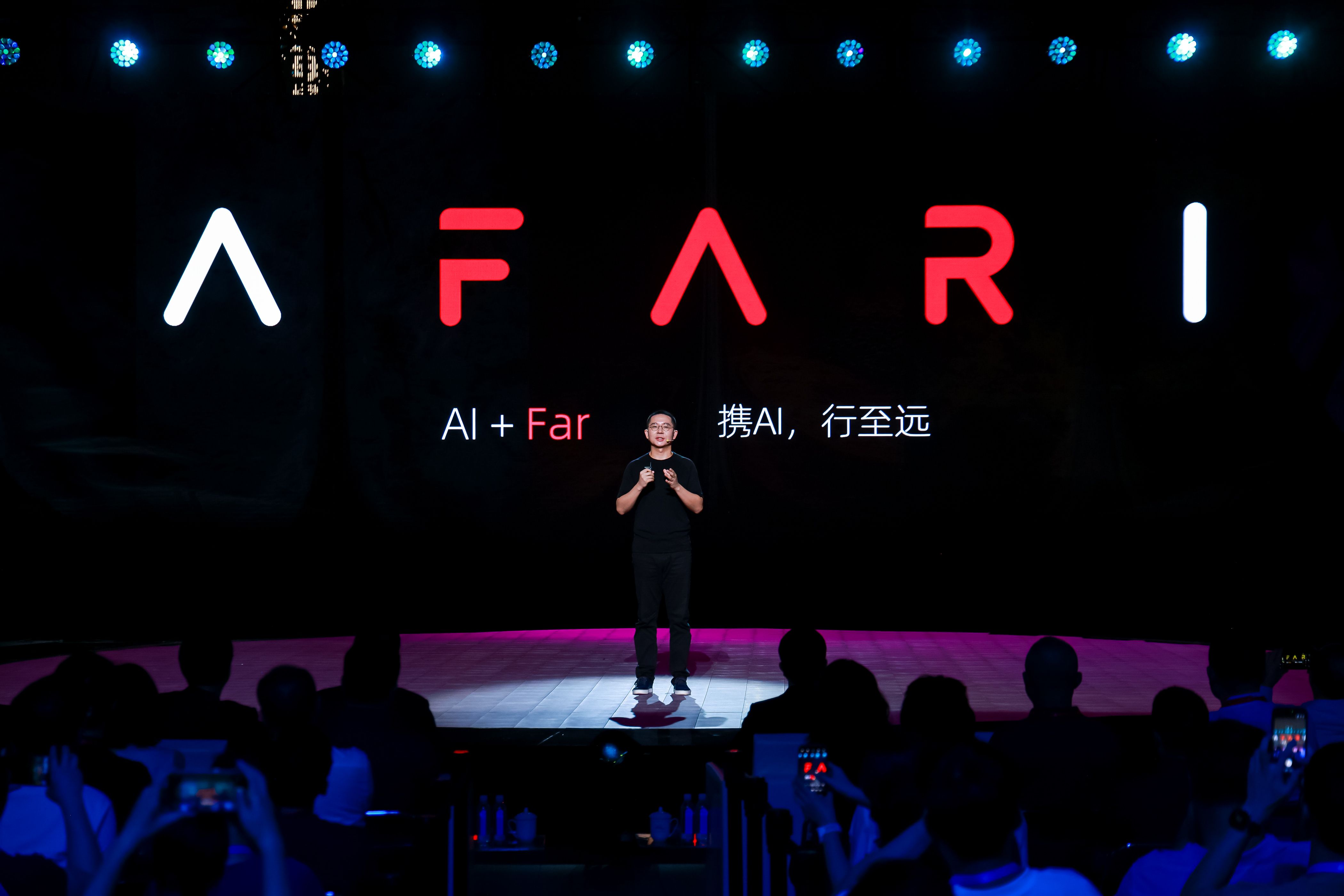
BYD Launches Massive Recruitment at Shenzhen Plant Amidst Ongoing Talent Gap in the Industry
Want to read in a language you're more familiar with?
Recently, BYD launched a significant recruitment drive, aiming to hire 10,000 operators and technicians at its Shenshan Auto Industrial Park.
Recently, BYD launched a significant recruitment drive, aiming to hire 10,000 operators and technicians at its Shenshan Auto Industrial Park. As reported by the Securities Times, multiple batches of job seekers, mostly between the ages of 20 and 30, were seen waiting for BYD personnel to guide them through the factory for entry procedures and medical examinations. Most of them arrived at the recruitment center via bus or motorcycle taxi.
An HR manager at BYD revealed that the current workforce at the park's second phase is over 20,000. However, once fully operational, the park will require over 50,000 workers, making this large-scale recruitment essential.
The first phase of the Shenshan BYD Auto Industrial Park is dedicated to the production of new energy vehicle parts. By June 2024, it is expected to reach full production, generating an annual output value of 10 billion yuan and providing more than 18,000 jobs. The second phase, with a total investment of 20 billion yuan, will establish a manufacturing base for new energy vehicles and core components, creating 36,000 jobs. Currently, the Xiaomo West plot of the second phase is fully operational, while the Xiaomo East plot and the Ebu plot are under rapid construction, necessitating a significant number of technicians to expand production.
The HR manager noted that despite the park's state-of-the-art facilities, it still has some geographical disadvantages when compared to locations like Shenzhen. Additionally, there is a general reluctance among young people to work in factories, a challenge that the entire manufacturing industry is grappling with.
The new energy vehicle industry faces a significant talent gap. Data from the Ministry of Industry and Information Technology project that by 2025, the industry will have a talent shortage of 1.03 million people, encompassing both general workers and specialized technicians.
Wang Peng, an associate researcher at the Beijing Academy of Social Sciences, identified four main factors contributing to this talent gap. Firstly, the rapid technological advancements in the new energy vehicle industry may outpace the skills of the current workforce. Secondly, the industry's interdisciplinary nature, encompassing areas like batteries, motors, electronic control, intelligence, and networking, demands a diverse range of skills. Thirdly, there's a shortfall in talent development from universities and vocational education institutions to meet the industry's demands. Lastly, the growing market for new energy vehicles has intensified competition among companies for skilled workers.
SEE ALSO: Li Xiang Acknowledges Li MEGA’s “Appearance Issues” for the First Time





